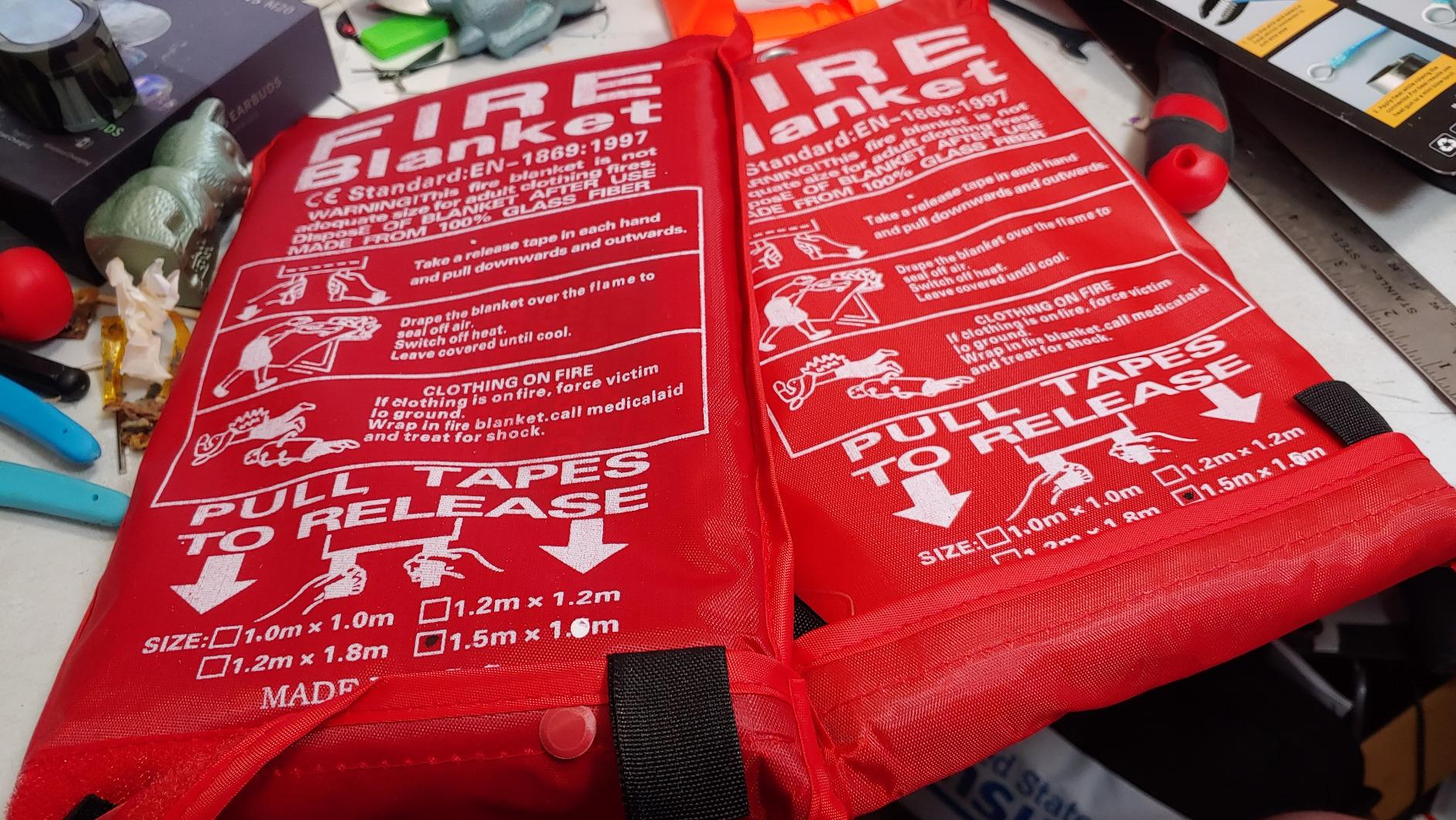The Critical Role of Fire Blankets in the Operating Room: Safety Protocols and Best Practices
Fire blankets in the operating room are essential safety tools that help prevent and control surgical fires. This article explains their proper use, placement, and maintenance to ensure optimal patient and staff protection during procedures.
Why Fire Blankets Are Crucial in OR Settings
Operating rooms contain three elements of the "fire triangle": oxygen (from anesthesia gases), heat (from electrosurgical tools), and fuel (surgical drapes or alcohol-based prep solutions). When these combine, fires can ignite instantly. Fire blankets in the operating room serve as first-line defense against such emergencies.
Unlike fire extinguishers that may spread contaminants, fire blankets smother flames without releasing chemicals. They're particularly effective for:
- Covering burning surgical drapes
- Protecting patients from electrosurgical tool sparks
- Containing small fires before they escalate
Proper Placement of Fire Blankets in Surgical Areas
Strategic placement of fire blankets in the operating room ensures quick access during emergencies. Follow these guidelines:
Key Locations:Mount within 6 feet of the surgical table, near anesthesia stations, and at all OR exits. Ensure they're visible and unobstructed by equipment.
- Primary location:Wall-mounted near the head of the operating table
- Secondary locations:Anesthesia workstation and scrub sink areas
- Mobile option:Consider a blanket on the crash cart for code situations
Selecting the Right Fire Blanket for Your OR
Not all fire blankets meet operating room standards. Look for these features:
- Material:Fiberglass or wool (never synthetic materials that melt)
- Size:Minimum 1.5m × 1.5m to cover an adult patient
- Certification:NFPA 701 or equivalent fire resistance rating
- Packaging:Quick-release containers that open with one hand
Step-by-Step: Using Fire Blankets During OR Emergencies
When fire occurs in the operating room, follow this protocol:
- Shout "FIRE!" to alert the surgical team
- Stop the flow of oxygen/gas if safe to do so
- Remove burning materials from the patient
- Grab the nearest fire blanket with both hands
- Place the blanket over flames (never throw it)
- Leave the blanket in place until the area cools
Pro Tip:Practice fire blanket drills quarterly. Time your team's response - you should be able to deploy a blanket within 15 seconds from any OR location.
Maintenance and Inspection Protocols
Fire blankets in the operating room require regular checks to ensure functionality:
- Monthly inspections:Check for tears, stains, or moisture damage
- After use:Replace immediately (even if damage isn't visible)
- Expiration:Replace every 5 years or per manufacturer guidelines
- Documentation:Log all inspections in your facility's safety records
Common Mistakes to Avoid
Even experienced OR teams make these errors with fire blankets:
- Storing blankets behind equipment where they're inaccessible
- Using the same blanket for multiple fire incidents
- Attempting to reuse a deployed blanket
- Forgetting to include blanket training in new staff orientation
Integrating Fire Blankets into Your OR Safety Plan
Fire blankets in the operating room should complement other fire safety measures:
- Pair with Class ABC fire extinguishers in all ORs
- Include in preoperative timeout checks (verify blanket availability)
- Coordinate placement with your facility's fire response plan
- Train all staff - from surgeons to housekeeping - on proper use
Remember, while surgical fires are rare, their consequences can be devastating. Properly maintained and strategically placed fire blankets in the operating room provide a simple, effective layer of protection that could save lives during these critical emergencies.






